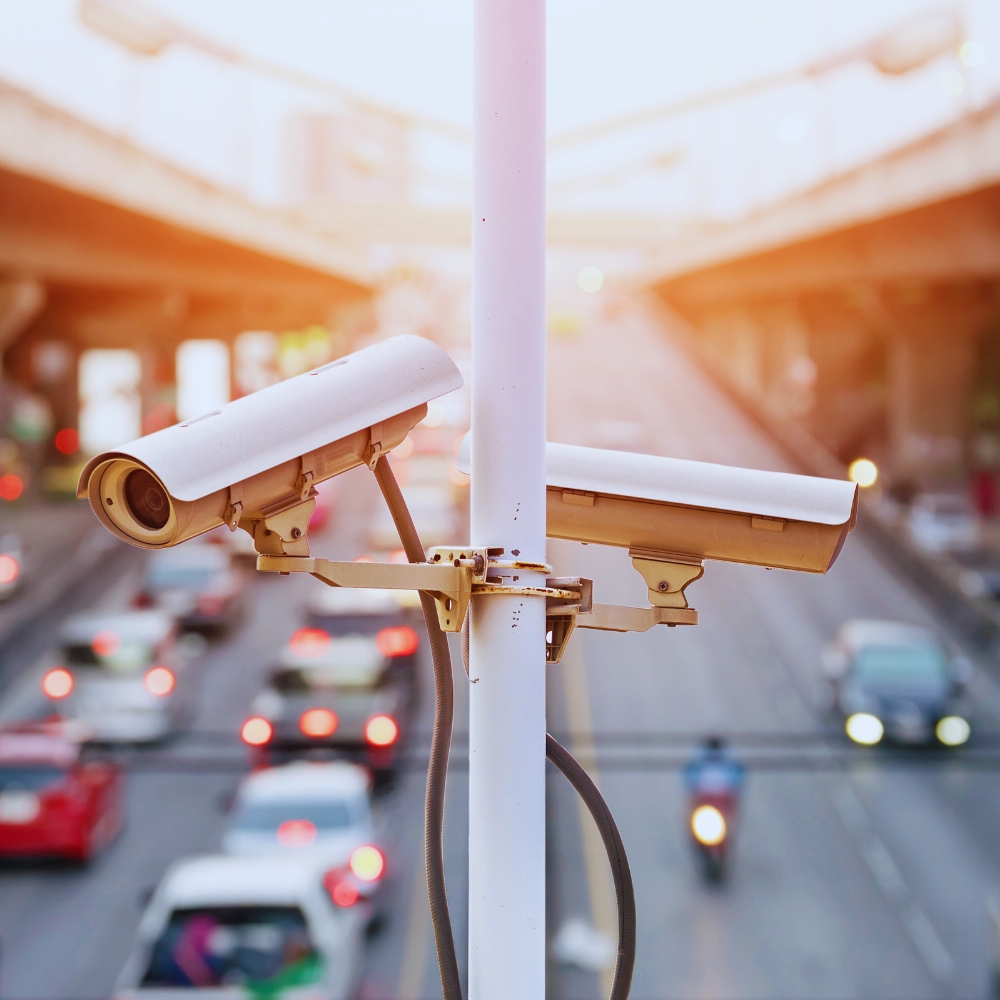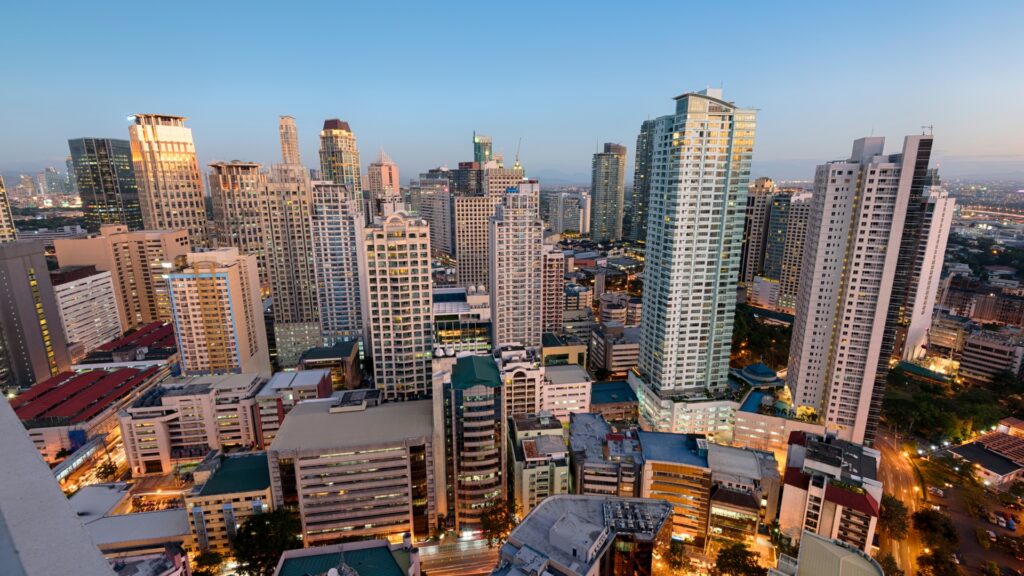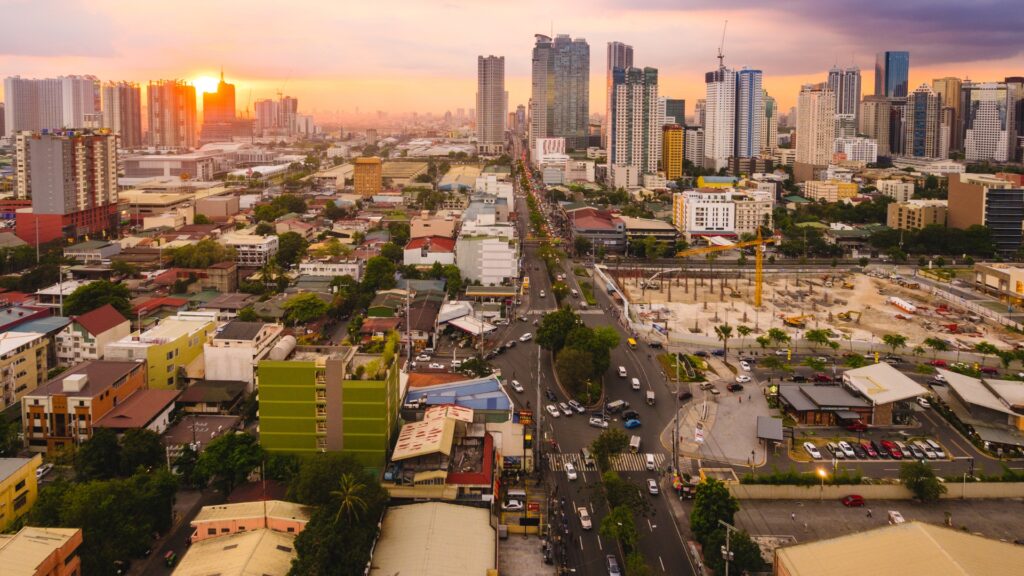
The No Contact Apprehension Policy (NCAP) is a modern traffic enforcement strategy that relies on advanced technology such as closed-circuit television (CCTV) cameras, speed detection devices, and automated license plate recognition systems to monitor and penalize traffic violators. This system operates without the need for physical apprehension by traffic enforcers on the ground, thereby eliminating the traditional method of flagging down motorists.
In Metro Manila, several local government units (LGUs), including Manila, Quezon City, Valenzuela, Parañaque, and San Juan, have adopted NCAP as part of their efforts to improve urban mobility, enforce traffic laws more consistently, and address systemic issues such as corruption and road congestion.
Objectives of NCAP in Metro Manila
The implementation of NCAP aims to address several long-standing issues in the Philippine traffic enforcement system. Its key objectives include:
Enhance Traffic Law Enforcement
NCAP enables 24/7 monitoring of roads, ensuring that violations are detected at all times, not just when enforcers are present.
Reduce Human Intervention to Minimize Corruption
By automating the process, NCAP helps eliminate opportunities for bribery, extortion, and favoritism, which have long plagued manual traffic enforcement.
Improve Road Safety
With increased chances of being penalized, drivers are encouraged to follow traffic rules, which helps reduce accidents and unsafe behavior.
Promote Discipline and Accountability Among Motorists
NCAP fosters a culture of responsibility by holding drivers accountable through traceable and verifiable violations.
Standardize Enforcement Practices
It creates uniformity in the way traffic laws are enforced, reducing discrepancies that often arise from subjective human judgment.
Positive Effects of NCAP
The NCAP has produced several beneficial outcomes, especially in areas where it has been properly implemented and supported by clear communication strategies.
1. Reduction in Corruption
Traditional traffic enforcement is prone to bribery and “kotong” schemes. With NCAP, the interaction between motorists and enforcers is eliminated, reducing avenues for illicit payments and improving the integrity of the system.
2. Efficient Traffic Management
The continuous monitoring and automation of violations enable authorities to manage traffic more effectively. Violations such as illegal parking, running red lights, or counterflowing are caught in real-time, promoting smoother traffic flow and reducing bottlenecks.
3. Improved Driver Discipline
Motorists aware of the constant surveillance tend to be more cautious and law-abiding. Over time, this can lead to a significant shift in driver behavior, with fewer instances of reckless driving, beating the red light, or ignoring traffic signs.
4. Data-Driven Policies
NCAP systems collect valuable data about traffic patterns and violations, which can be analyzed to inform infrastructure planning, optimize traffic signal timing, and identify accident-prone zones. This enables more strategic, evidence-based decision-making.
5. Minimized Traffic Disruption
Because there are no physical flag-downs, vehicles are not pulled over on busy roads, reducing unnecessary obstructions and keeping traffic flowing more smoothly during peak hours.
Negative Effects and Concerns Surrounding NCAP
Despite its advantages, NCAP has also drawn criticism and controversy due to several shortcomings in its implementation and enforcement.
1. Issues with Notification and Due Process
Many motorists report that they only discover their violations after fines have accumulated, sometimes weeks or even months later. The delay in notification undermines the principle of due process and prevents drivers from addressing violations promptly.
2. Financial Burden on Motorists
For ordinary Filipinos, especially public utility vehicle drivers and low-income motorists, the cost of accumulated fines can be overwhelming. Without immediate notification, multiple violations may go unnoticed and result in large penalties that are difficult to settle.
3. Questionable Implementation and Lack of Harmonization
Critics argue that the rollout of NCAP has been inconsistent, with varying policies and penalty systems across LGUs. This lack of standardization leads to confusion and uneven enforcement. Additionally, some claim that NCAP was implemented without sufficient public consultation or coordination with national agencies such as the Land Transportation Office (LTO) and Department of Transportation (DOTr).
4. Privacy and Surveillance Concerns
The use of surveillance technology raises questions about data privacy and civil liberties. There are concerns about how footage is stored, who has access to it, and how long it is kept. Without clear data protection guidelines, the risk of misuse or unauthorized access is a legitimate issue.
5. Limited Accessibility for Contesting Violations
Challenging a violation under NCAP often requires a physical appearance at a traffic adjudication office, which can be time-consuming, confusing, and intimidating for many. There is also a lack of standardized processes for filing appeals, and some motorists are unaware of their rights or the procedures involved.
What is Next?
The No Contact Apprehension Policy represents a significant step toward modernization in traffic management and law enforcement in Metro Manila. It offers a range of benefits, from reducing corruption and improving efficiency to encouraging better road behavior among motorists. However, its effectiveness is currently tempered by challenges such as inadequate public awareness, inconsistent implementation, concerns over due process, and the need for a unified system across all LGUs.
For NCAP to fulfill its potential as a fair and efficient enforcement tool, the government must implement safeguards to protect motorists’ rights, ensure transparent communication of violations, and provide accessible channels for grievance and appeal. More importantly, there should be harmonization among national and local traffic authorities to guarantee consistency in enforcement and respect for due process.
In the end, the success of NCAP will depend not just on technology, but on how well it is integrated into a larger framework of good governance, public accountability, and civic engagement.



